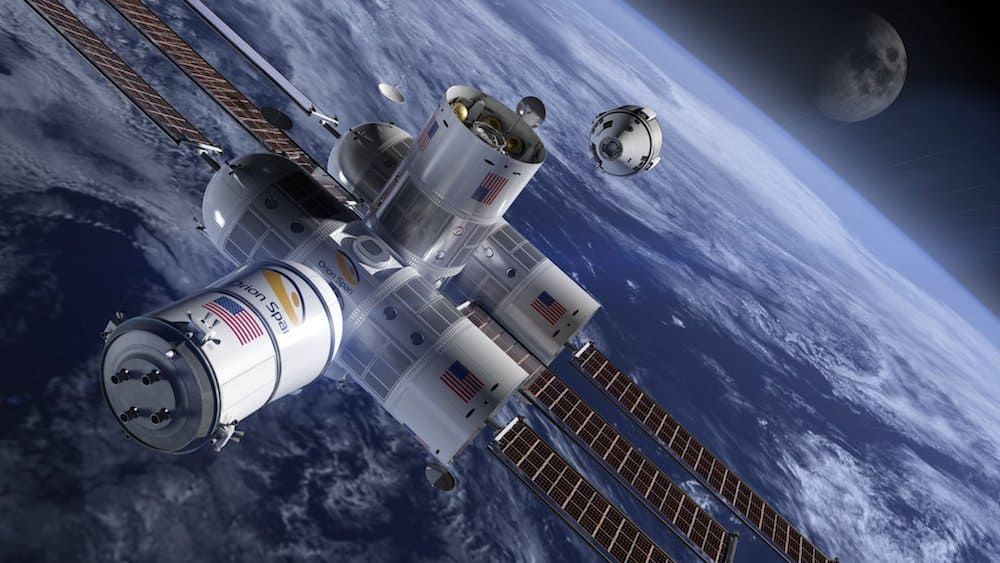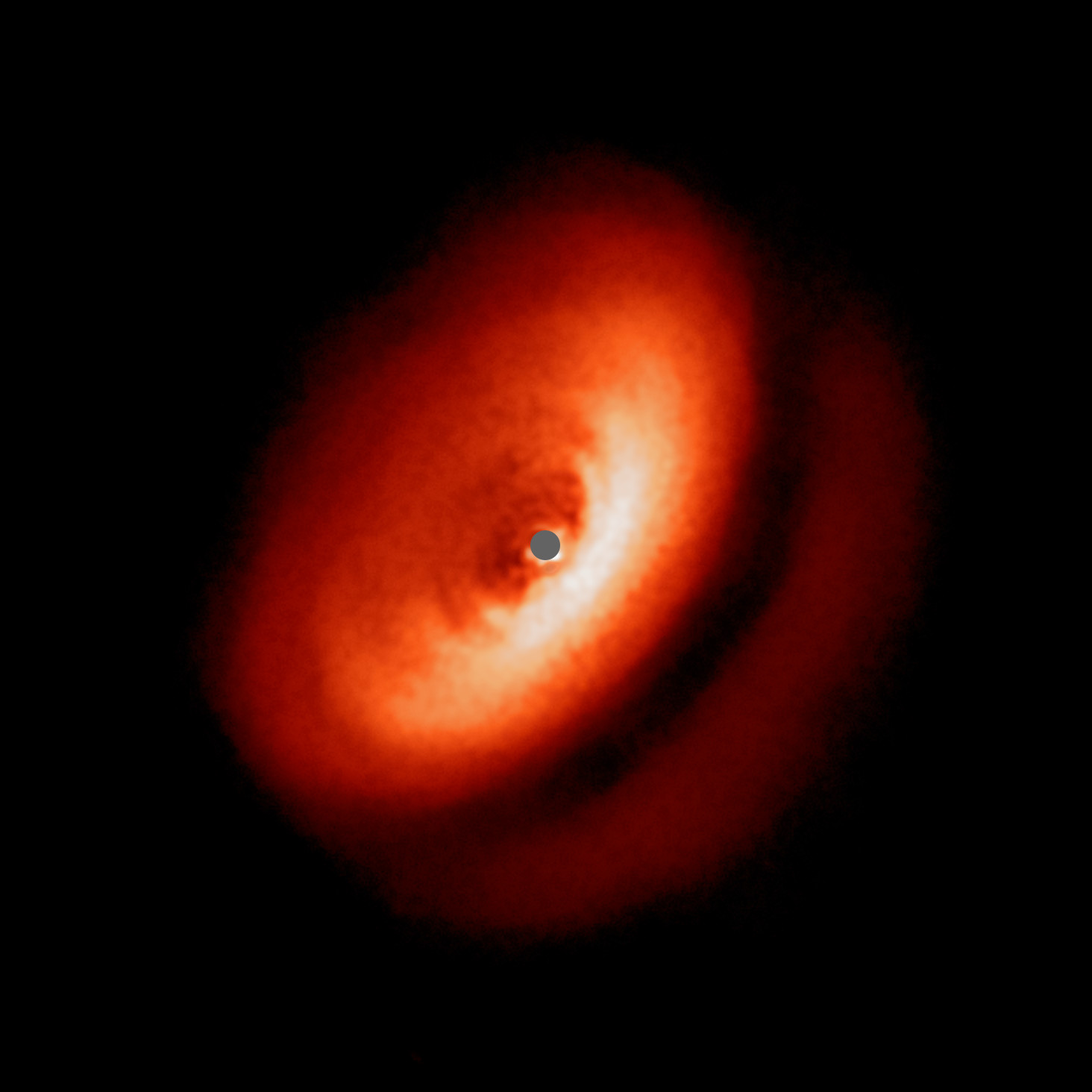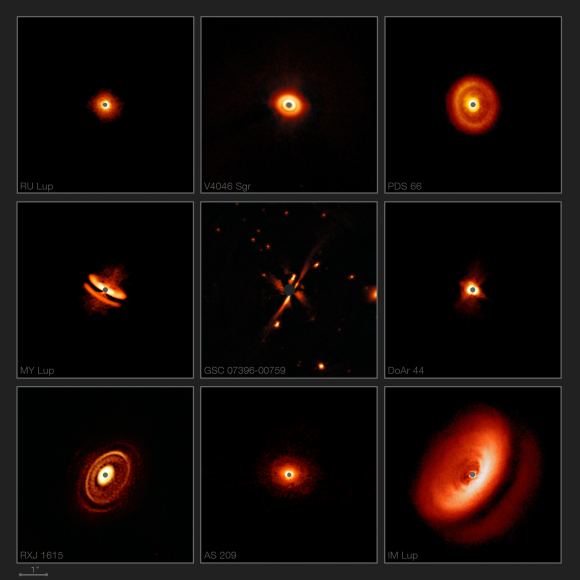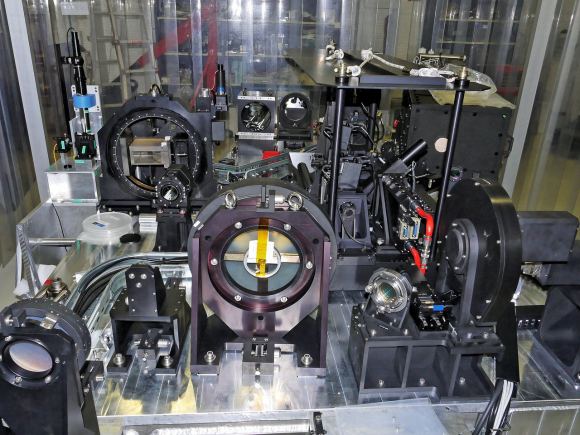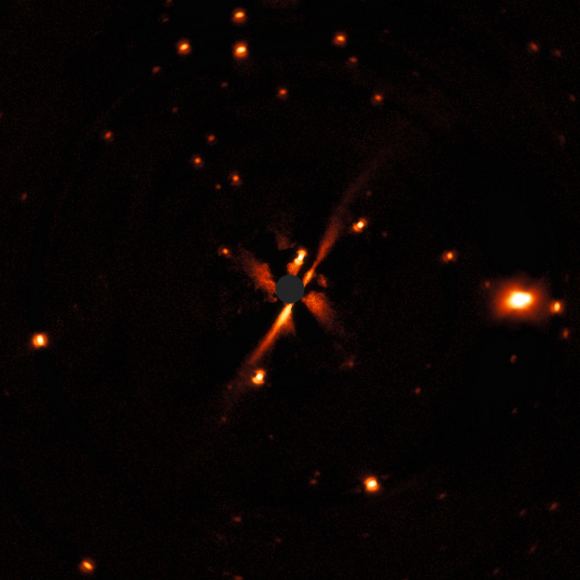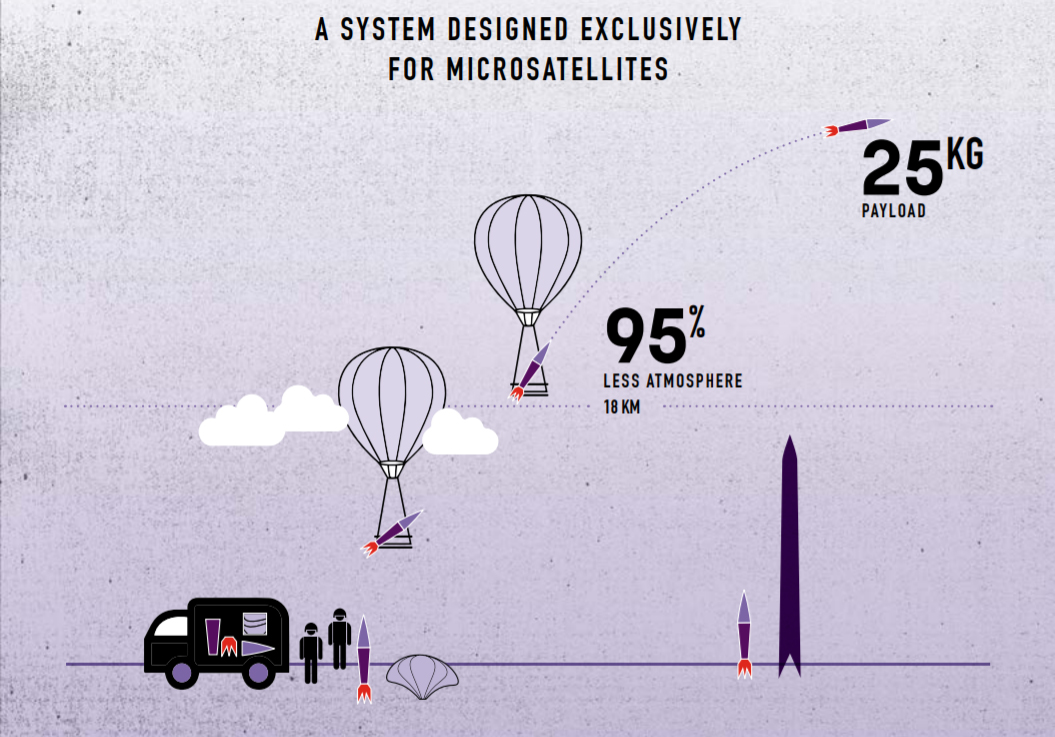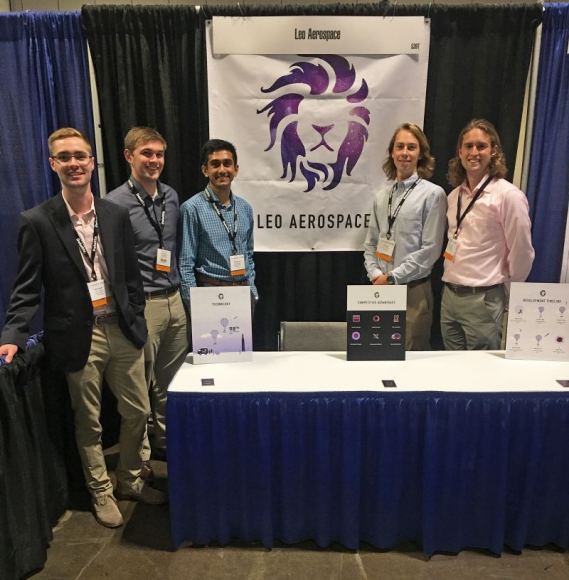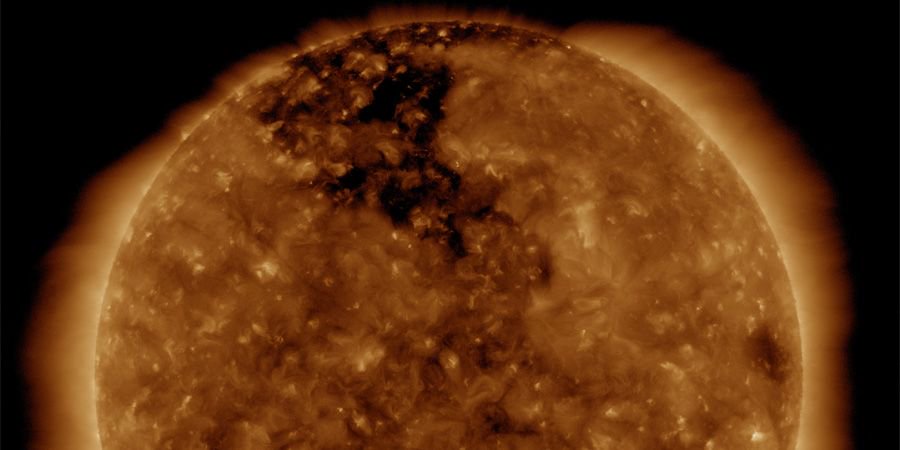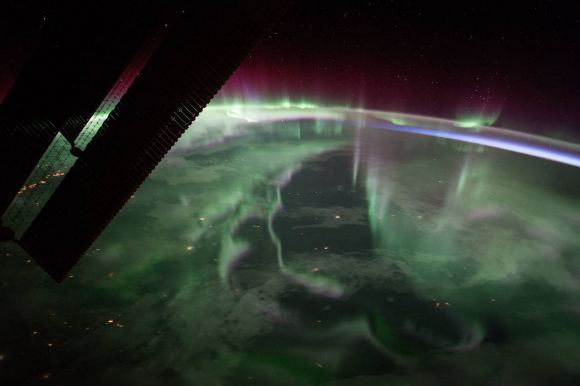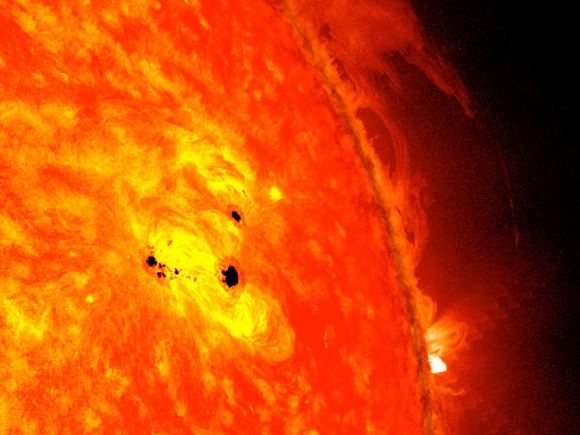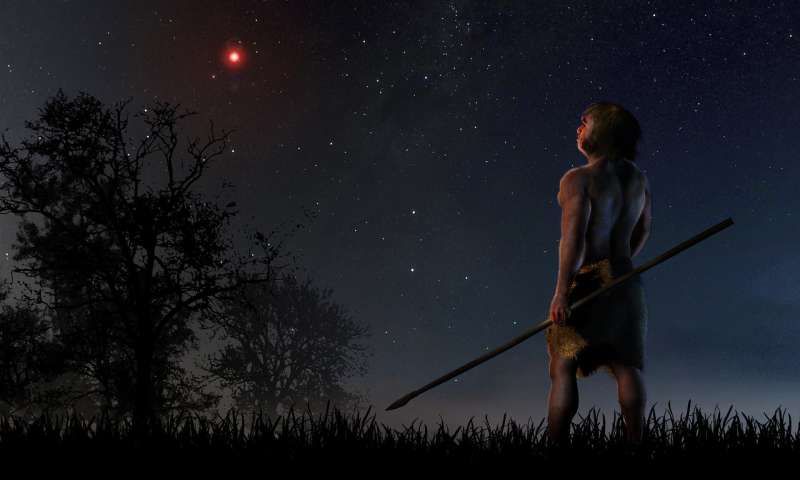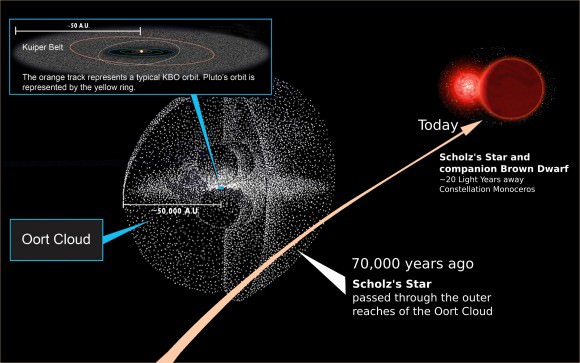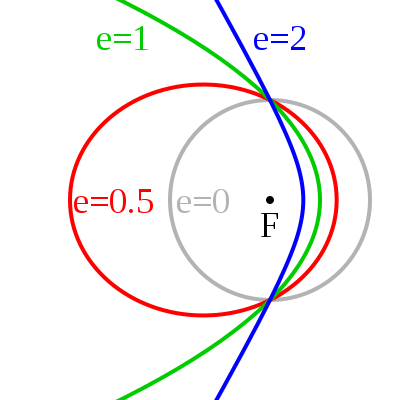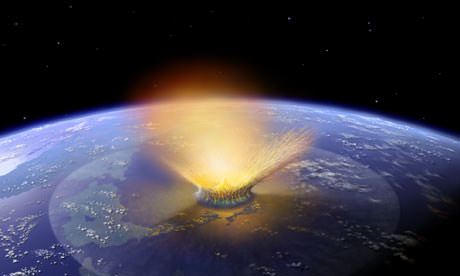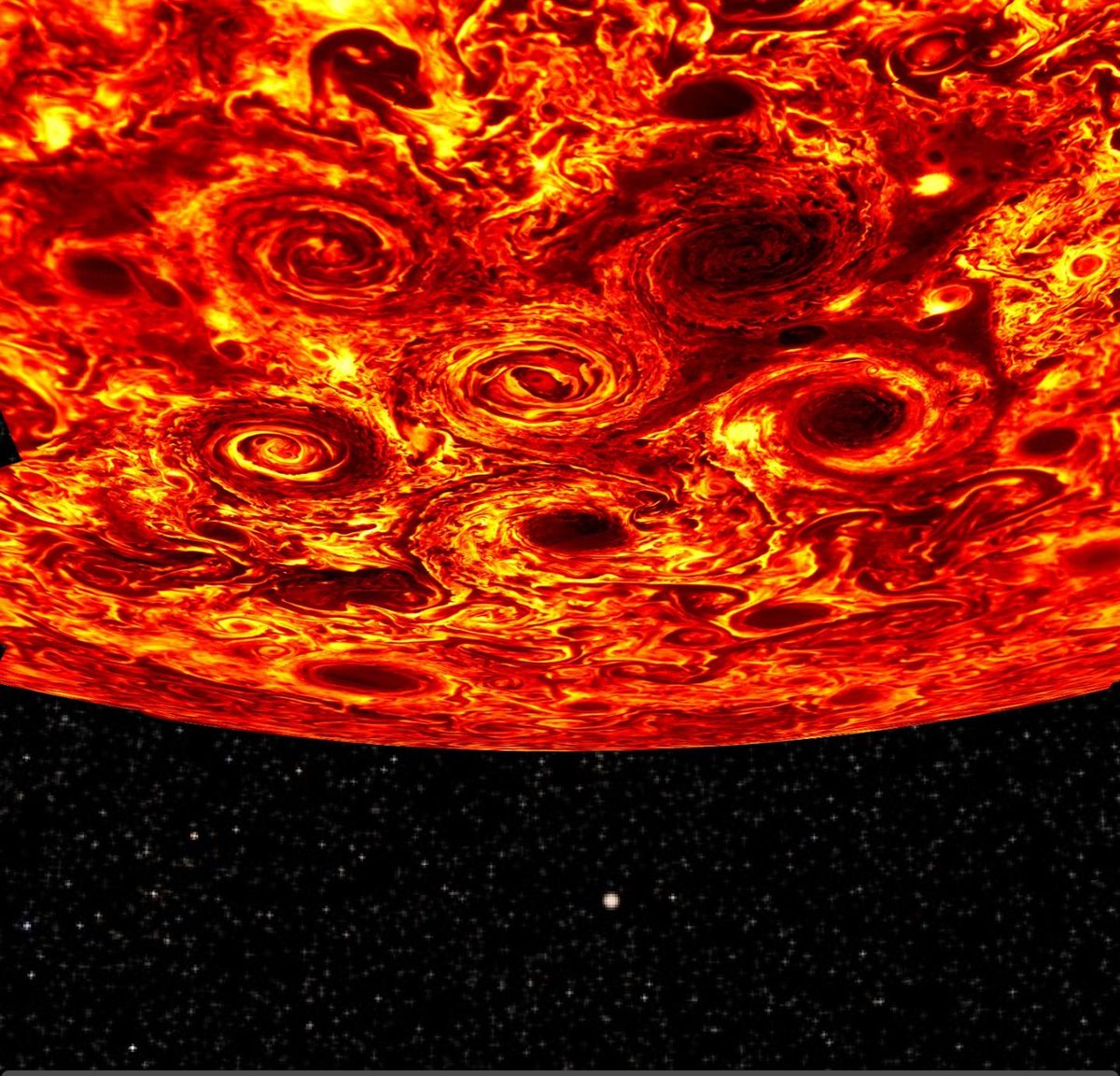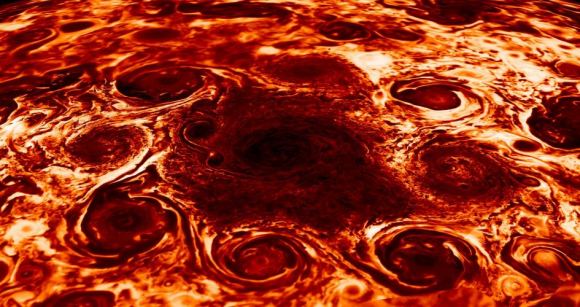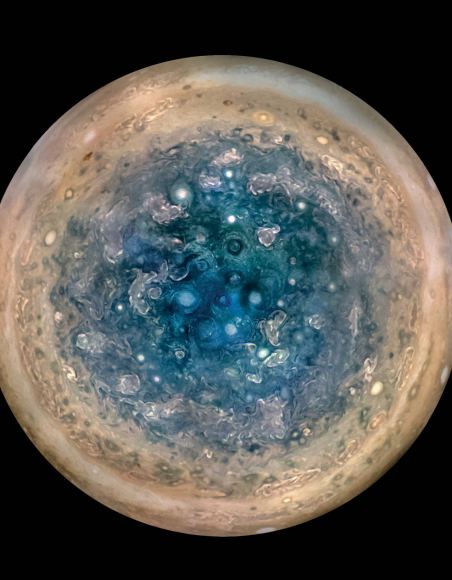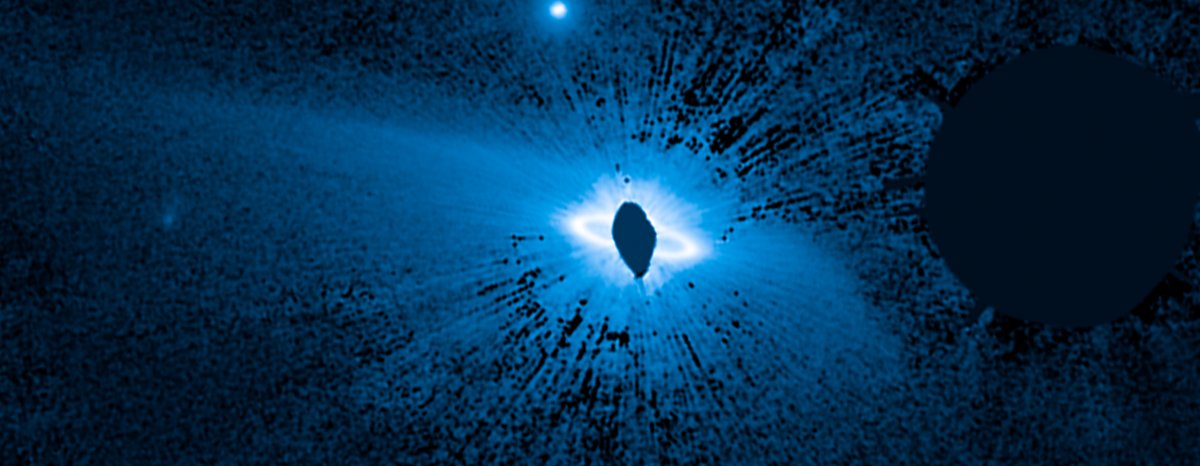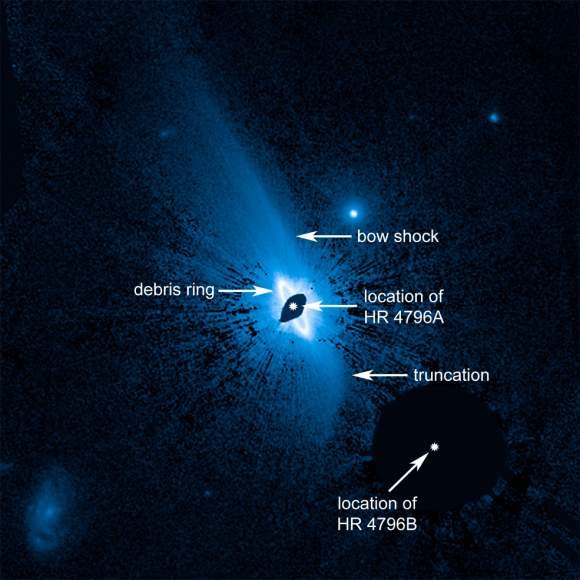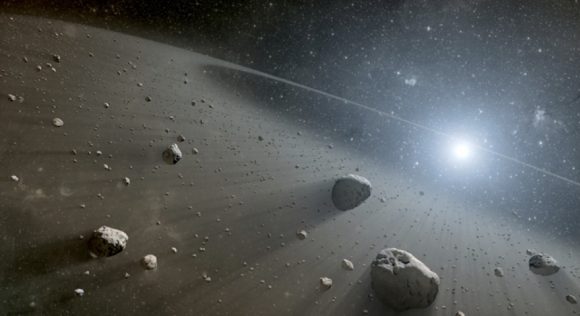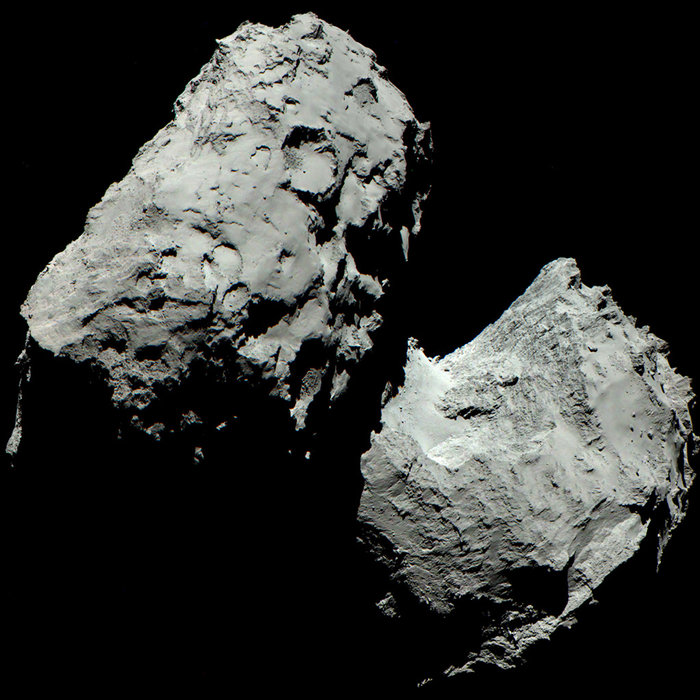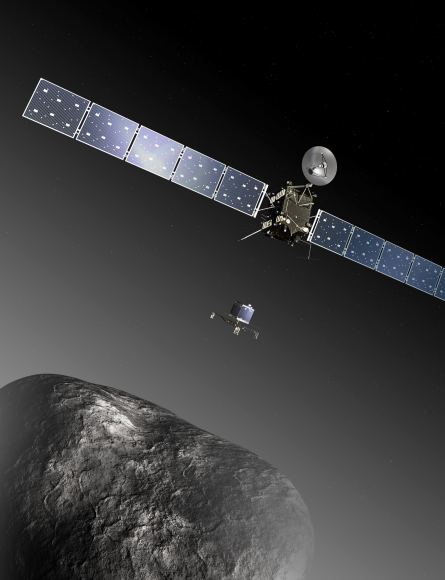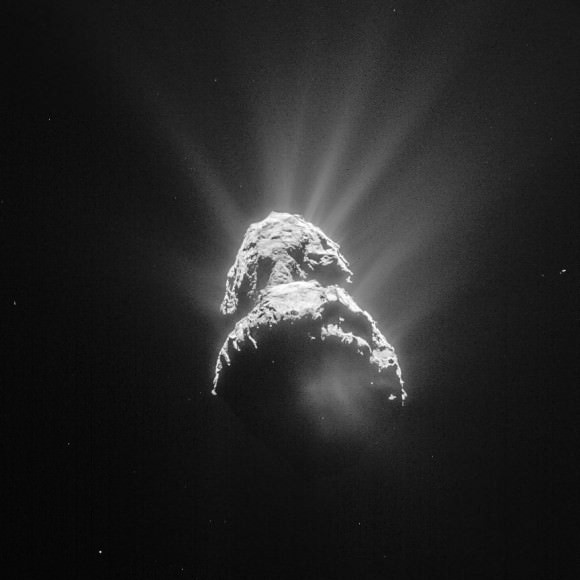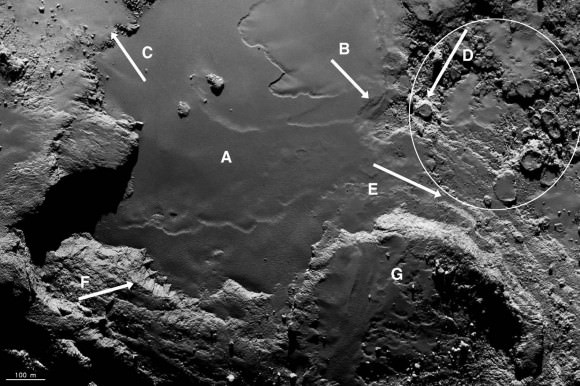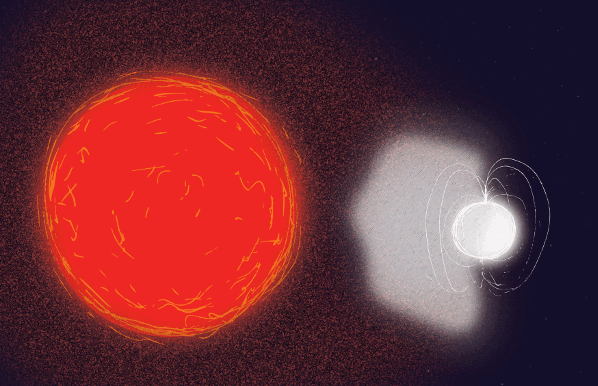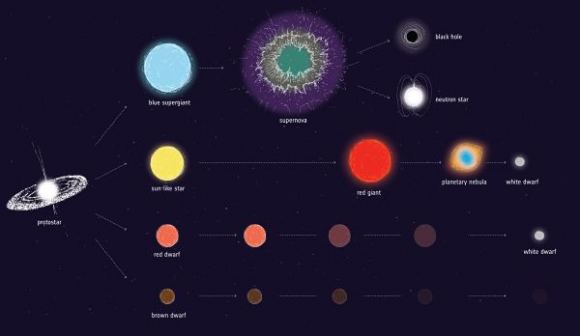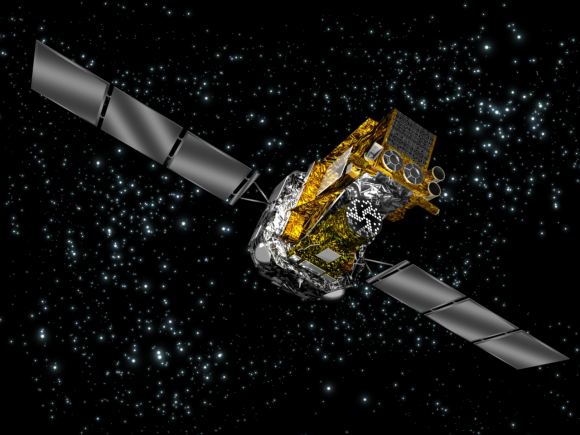Are you ready for a luxury hotel in space? We all knew it was coming, even though it seems impossibly futuristic. But this time it’s not just science fiction; somebody actually has a plan.
The space hotel will be called “Aurora Station” and the company behind it is Orion Span, a Silicon Valley and Houston-based firm. Orion Span aims to deliver the astronaut experience to people, by delivering the people into space. The catch?
“We developed Aurora Station to provide a turnkey destination in space. Upon launch, Aurora Station goes into service immediately, bringing travelers into space quicker and at a lower price point than ever seen before, while still providing an unforgettable experience” – Frank Bunger, CEO and founder of Orion Span.
First of all, a 12 day stay aboard Aurora Station for two people will cost $19 million US, or $9.5 million per person. Even so, you can’t just buy a ticket and hop on board. Guests must also sign up for three months of Orion Span Astronaut Certification (OSAC). Then they’ll be trained at a facility in Houston, Texas.
So once their cheque has cleared, and once they’re trained, what awaits guests on Aurora Station?
Aurora Station will orbit Earth at 320 km (200 m) and will make the trip around Earth every 90 minutes. If you do the math, that’s 16 sunrises and sunsets each day, and guests will enjoy this slideshow for 12 days. Other than this compressed schedule of 96 sunsets and 96 sunrises during their 12 day stay, guests will also be treated to stunning views of the Earth rolling by underneath them, thanks to the unprecedented number of windows Aurora Station will have.
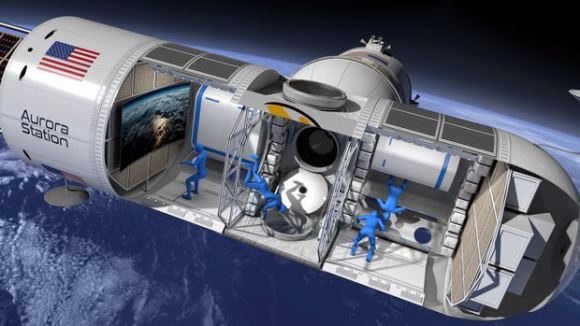
Aurora Station is the brain-child of Orion Span’s CEO, Frank Bunger. “We developed Aurora Station to provide a turnkey destination in space. Upon launch, Aurora Station goes into service immediately, bringing travelers into space quicker and at a lower price point than ever seen before, while still providing an unforgettable experience,” said Bunger.
Guests won’t be alone on the station, of course. The space hotel will have room for 6 people in total, meaning 4 guests and 2 crew. (You didn’t think you’d be alone up there, did you?) Each pair of guests will still have some alone time though, in what Orion Span calls luxurious private suites for two.
There’s no doubt that staying on a space hotel for 12 days will be the experience of a lifetime, but still, 12 days is a long time. The space station itself will be 5600 square feet, with two suites that can be configured to four. Each suite will be about the size of a small bedroom. Once you’ve gotten used to seeing Earth below you, and you’re used to your suite, what will you do?
Well, there’ll be Wi-Fi of course. So if you’re the type of person who gets bored of orbiting the only planet that we know of that hosts life, and the only planet on which every human civilization has lived and died on, you can always surf the web or watch videos. Aurora Station will also have a virtual-reality holodeck, the cherry-on-top for this science-fiction-come-to- life space resort.
But apparently, boredom won’t be a problem. In an interview with the Globe and Mail, Orion Span CEO Frank Bunger said, ““We talked to previous space tourists, they said 10 days aboard the space station was not enough.” Maybe the extra 2 days in space that Aurora Station guests will enjoy will be just the right amount.
As far as getting guests to the station, that will be up to other private space companies like SpaceX. SpaceX has plans to send tourists on trips around the Moon, and they have experience docking with the International Space Station, so they should be able to transport guests to and from a space hotel.
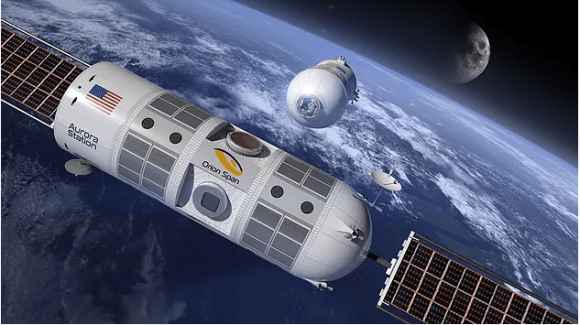
It doesn’t seem like there’s any shortage of customers. Aurora Station was introduced on April 5th 2018, and the first four months of reservations sold out within 72 hours, with each guest paying a deposit of $80,000 US.
There’s another side to Aurora Station, though. Other than just a nice get-away for people who can afford it, there’s a research aspect to it. Orion Span will offer Aurora Station as a platform for micro-gravity research on a pay-as-you-go basis. It will also lease capacity for in-situ manufacturing and 3D printing research.
But Aurora Station would hardly be in the news if it was only a research endeavour. What’s got people excited is the ability to visit space. And maybe to own some real estate there.
Orion Span is designing Aurora Station to be expandable. They can attach more stations to the original without disrupting anything. And this leads us to Orion Span’s next goal: space condos.
As it says on Orion Span’s website, “Like a city rising from the ground, this unique architecture enables us to build up Aurora Station in orbit dynamically – on the fly – and with no impact to the remainder of Aurora Station. As we add capacity, we will design in condos available for purchase.”
I think we all knew this would happen eventually. If you have the money, you can visit space, and even own a condo there.
No word yet on what that will cost.

